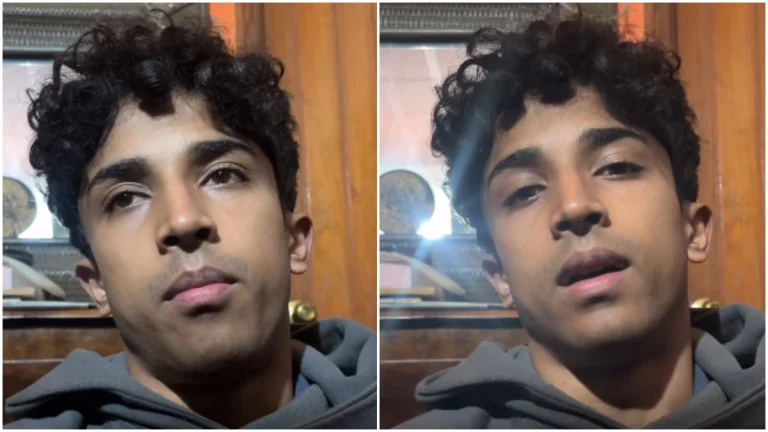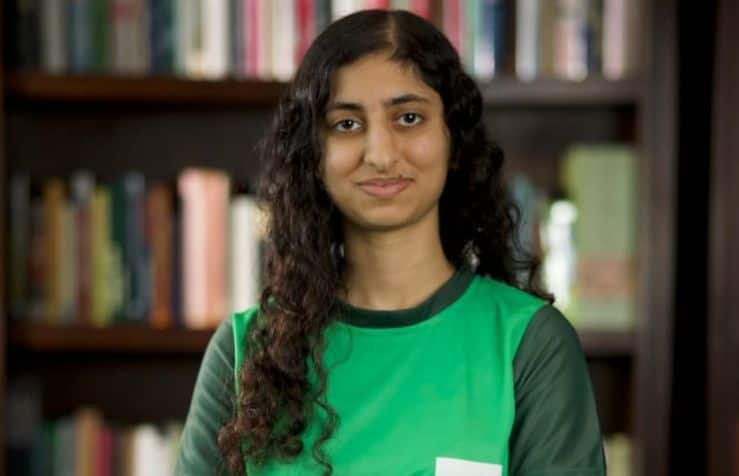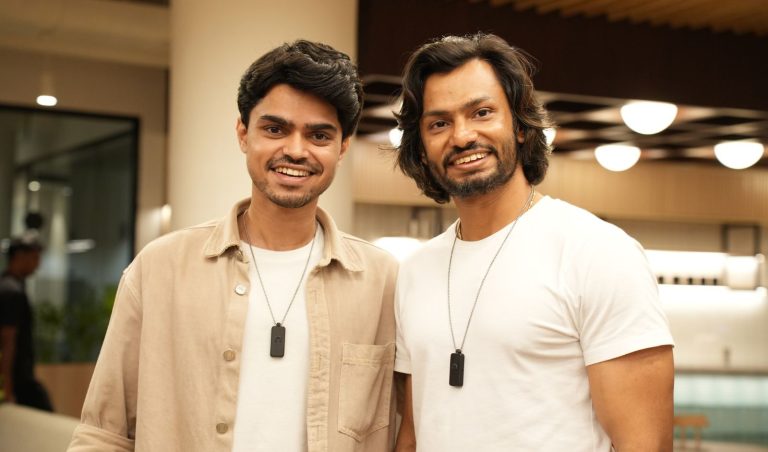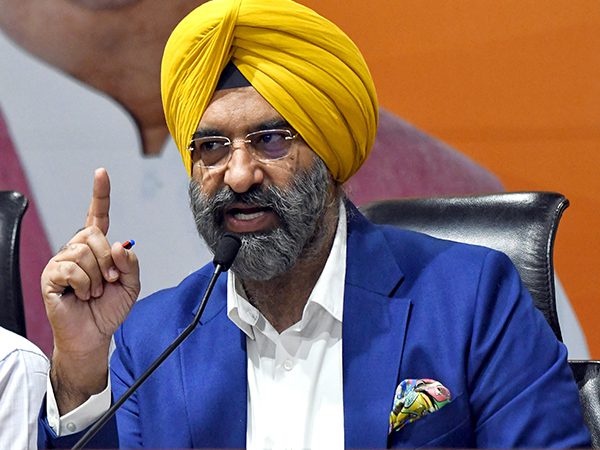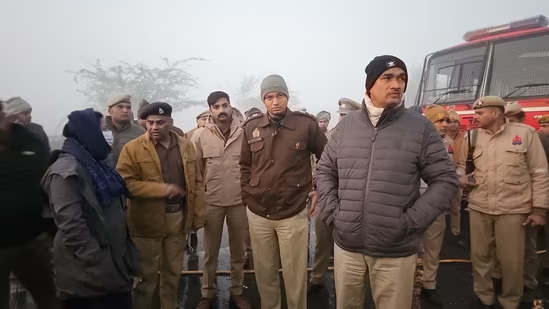Kim Go Eun revealed her honest reaction as a devoted viewer
Kim Go Eun revealed that she has become a sincere fan of the drama Explosive Kiss, watching every episode with full attention and strong emotional involvement. The actress shared that the series drew her in completely, making her react naturally to each scene without holding back. While watching, she often finds herself sending animated messages to fellow actress Ahn Eun Jin, sharing her excitement and surprise in real time.

According to Kim Go Eun, the experience of watching Explosive Kiss felt refreshing and freeing. She admitted that at certain points during the episode, she wondered whether the drama was becoming too intense or dramatic. However, those doubts faded completely when she reached the final kiss scene. At that moment, she said she could not stop herself from clapping, laughing, and celebrating out loud, fully embracing the emotions the scene delivered.
Her reaction highlighted how deeply the series managed to connect with its audience, even someone as experienced as her, who has worked across multiple genres and formats in the Korean entertainment industry.
Kim Go Eun revealed why Explosive Kiss feels special
Kim Go Eun explained that Explosive Kiss represents the kind of drama that can be enjoyed without guilt or overthinking. She described it as a story that allows viewers to react freely, whether that means laughing, clapping, or feeling overwhelmed by emotion. For her, the drama does not demand analysis or restraint, but instead invites viewers to feel everything openly.

She praised the show for embracing pure emotion and spontaneity, saying that it reminded her why romantic dramas continue to hold a strong place in popular culture. Kim Go Eun noted that while some dramas aim for realism or depth through complexity, Explosive Kiss succeeds by leaning into emotional honesty and bold storytelling.
The actress also compared the series with her own past work, including Yumi’s Cells. While she spoke fondly of her previous projects, she clearly stated that Explosive Kiss stands apart and cannot be directly compared. In her view, the drama has its own identity and charm, built around emotional release rather than subtle restraint.
Kim Go Eun’s comments suggest that audiences are still drawn to stories that allow them to disconnect from pressure and simply enjoy strong feelings, something the series delivers consistently.
Kim Go Eun revealed interest in future romantic comedies
Beyond her praise as a viewer, Kim Go Eun also expressed interest in participating in a romantic comedy similar in tone to Explosive Kiss. She said she would welcome the chance to act in a project that embraces expressive storytelling and emotional openness.
Her statement reflects a growing interest among established actors in exploring lighter, emotion-driven roles that connect directly with audiences. Rather than focusing only on serious or complex characters, Kim Go Eun acknowledged the value of stories that provide joy, excitement, and emotional comfort.
She believes that romantic dramas like Explosive Kiss serve an important purpose by offering viewers a space to feel without judgment. For an actress known for versatility, this interest hints at a possible shift or expansion in her future project choices.
Kim Go Eun revealed how the drama connects beyond the screen
One of the most striking aspects of Kim Go Eun’s revelation is how Explosive Kiss has become a shared experience among actors themselves. Her habit of messaging Ahn Eun Jin while watching shows how the drama sparks conversation and shared reactions, extending its impact beyond the screen.
View this post on Instagram
This kind of response suggests that the series has achieved something many productions aim for but rarely reach: genuine emotional engagement that feels personal. Kim Go Eun’s unfiltered reactions underline how the drama succeeds not through complexity, but through sincerity.
Her words also reinforce the idea that even seasoned professionals seek stories that allow them to simply enjoy, react, and feel like ordinary viewers. Also Read: Lizzo Legal Case Sees a Major Turn With Court Dismissing Key Allegations
Conclusion
Kim Go Eun revealed that Explosive Kiss offered her a rare viewing experience filled with honest emotion and spontaneous joy. Her reaction reflects the drama’s ability to connect deeply with audiences and reminds viewers why emotionally driven stories continue to resonate across generations.


